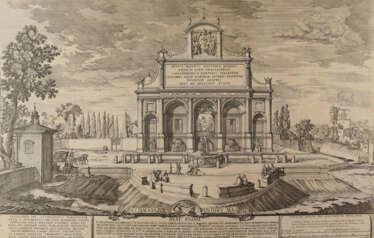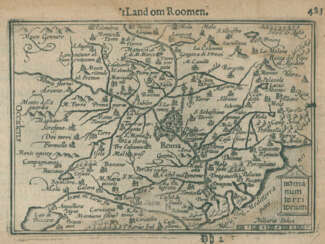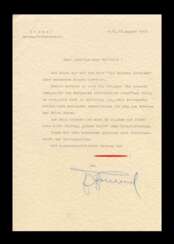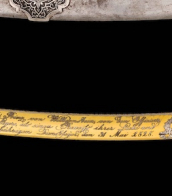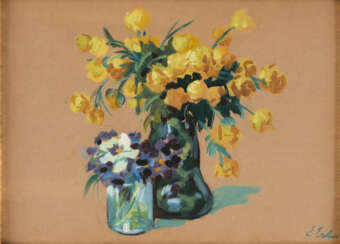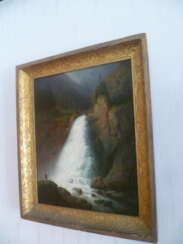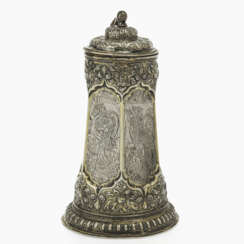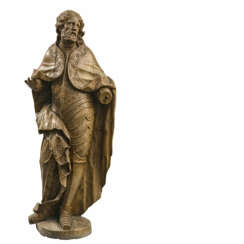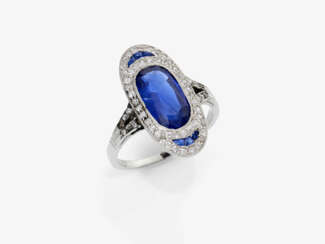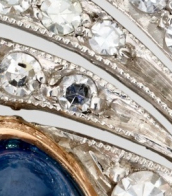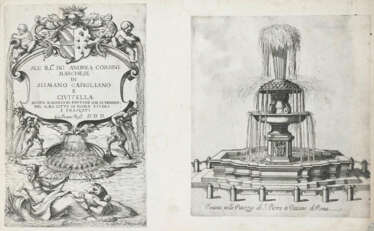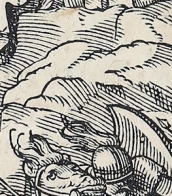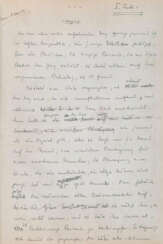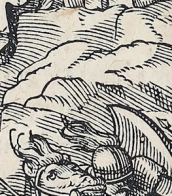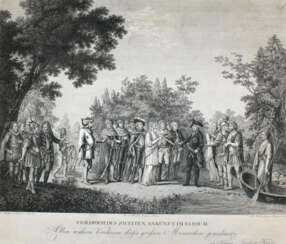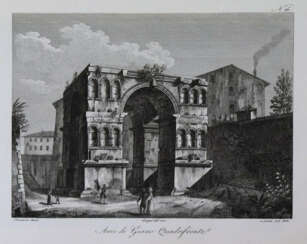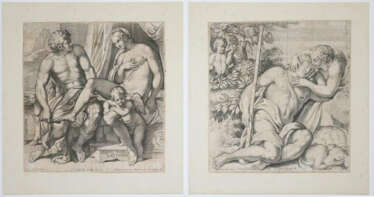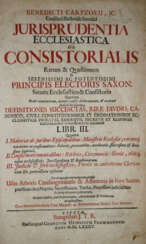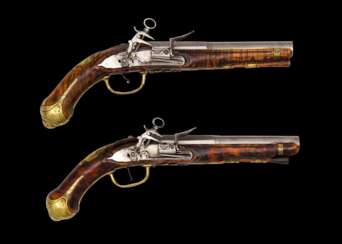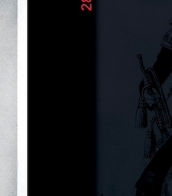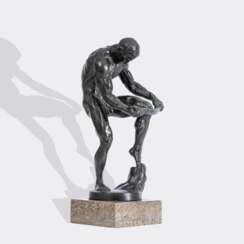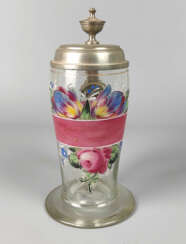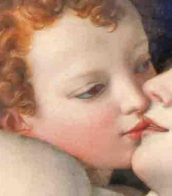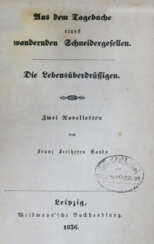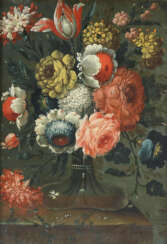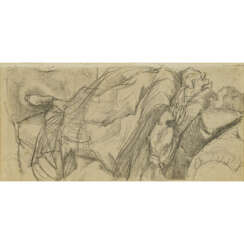47 Items by auctions and galleries:
wohl rom
Merz Kaspar Heinrich 1806-1875
Kaspar Heinrich Merz (1806 - 1875) 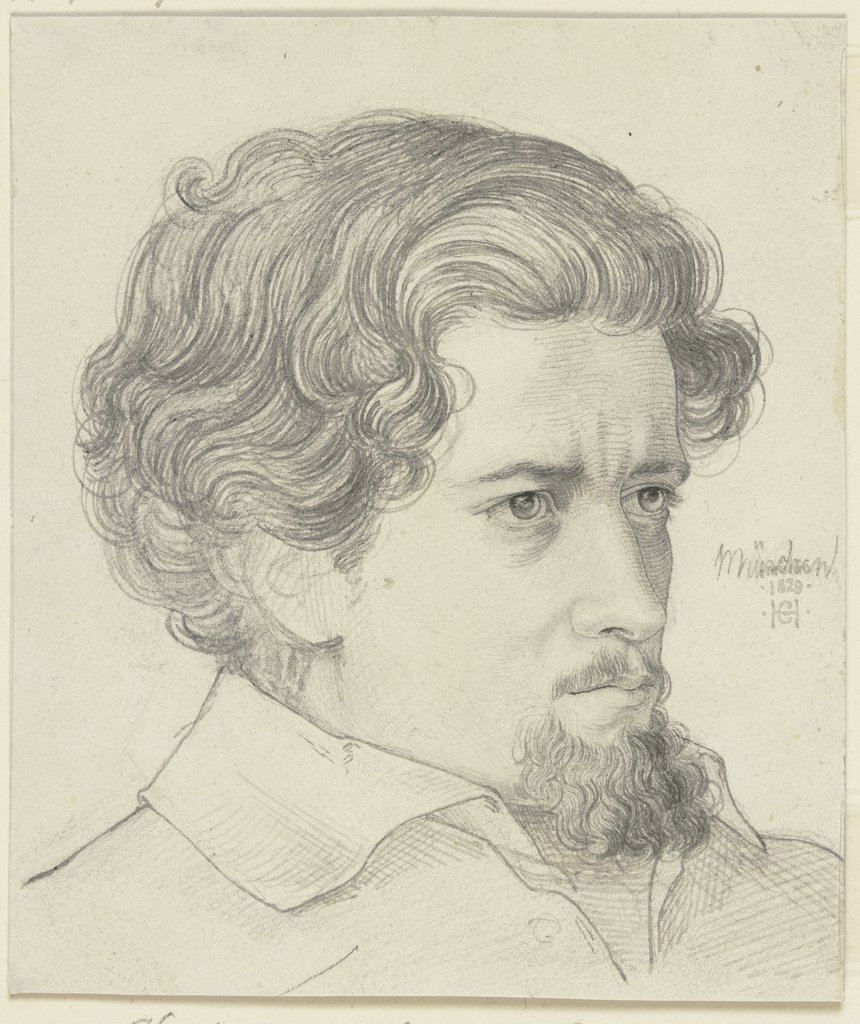 Shop Artkunst
Shop Artkunst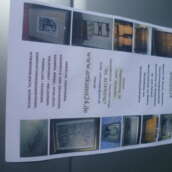

Kaspar Heinrich Merz
07.05.1806 - 29.07.1875
Austria, Switzerland
Kaspar Heinrich Merz was a Swiss draftsman and copper and steel engraver. From 1821, with the help of "a few patrons", he was "apprenticed" to the copper engraver Johann Jakob Lips in Zurich for four years. He also worked as an engraver for the magazine Historical Entertainment. Merz had also acquired a reputation for his color engravings, some of which he created over years of individual work.

Shop
Artkunst
Germany
Number of products: 147
Lot 59 Emperor and empress (probably Henry II and Kunigunde). Bonaventura Joseph Mutschele (1728 Bamberg - 1778 Moscow), workshop of, mid 18th century.
A417: Kunsthandwerk und Antiquitäten 

Kunstauktionshaus Neumeister
A417: Kunsthandwerk und Antiquitäten
Date: 02.07.2025 14:00 UTC +02:00
Number of lots in the catalog: 194
